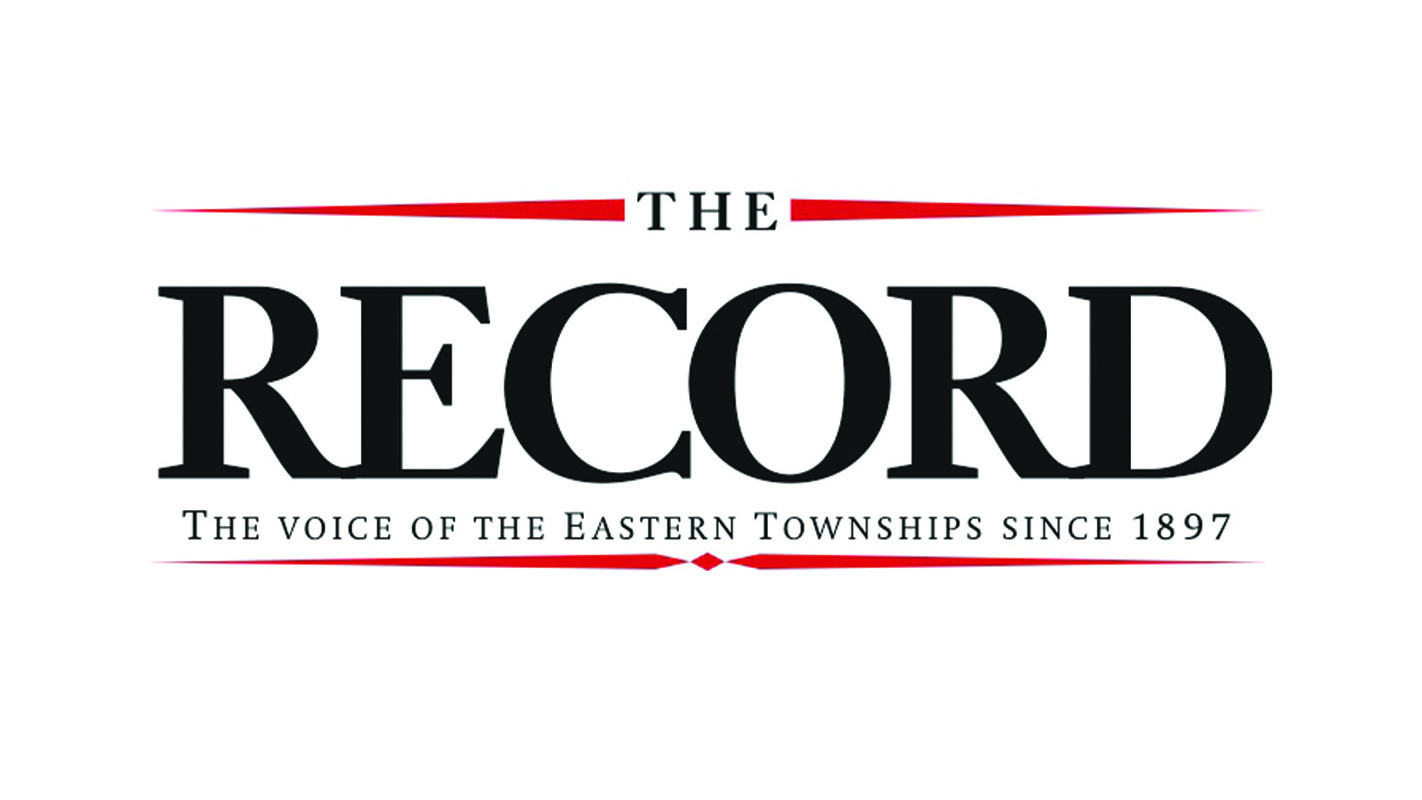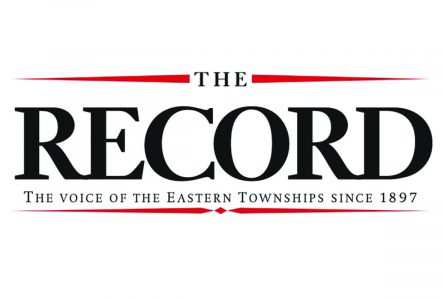By William Crooks
Local Journalism Initiative
The Record conducted a phone interview with Dr. Stefan Bruda, Bishop’s University professor of computer science, on the topic of AI and its relationship to his discipline.
“I’ve been teaching computer science at Bishop’s for over 20 years,” Bruda began, but he is not specifically involved in research into AI, though he teaches a course on the subject somewhat regularly.
“AI has been a domain of interest [in computer science] since the 1960s,” Bruda explained, ever since computers became mainstream. One initial goal in the area was to create a “rational program… or agent”, the work on which, he admits, has been largely unsuccessful. This project has been heavily financed by the United States’ military, he added, but never really got off the ground. This undertaking can be distinguished from work on what is called “machine learning”, the progress on which we can see with, for instance, today’s popular ChatGPT software. Machine learning is a technology meant not to be a rational agent, but to reproduce the results of a rational agent.
Early on, computers did not have the computing power for machine learning to be very successful, but with the progress over the years in both hardware and software, it has now begun to yield remarkable results, he continued. These programs can now identify patterns in raw data, draw conclusions and present them in natural language, find pertinent results in a web search, target ads to people based on their behaviour, and so on, he explained. “If you want to find patterns in large amounts of data… machine learning is your friend.”
Machine learning, however, does have limitations, he went on. It is not very difficult to produce text or speech for these programs, but it must be meaningful to be useful, he noted. Machine learning programs can do this, but they are not, strictly speaking, creative, Bruda suggested. What they do produce is a reorganization of existing data.





